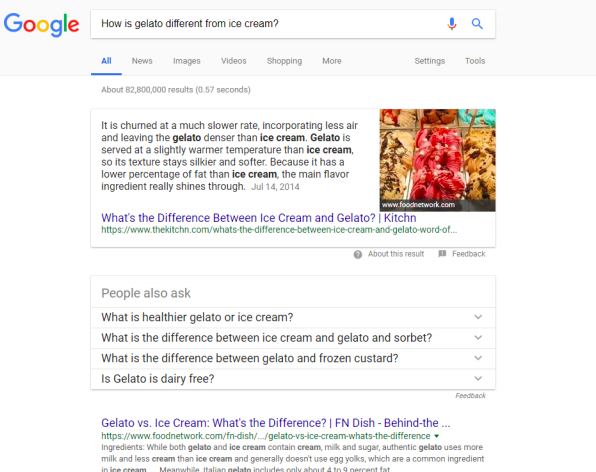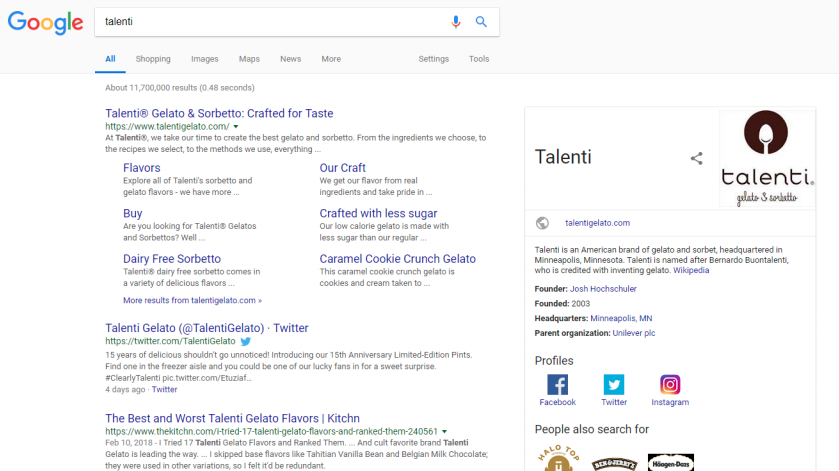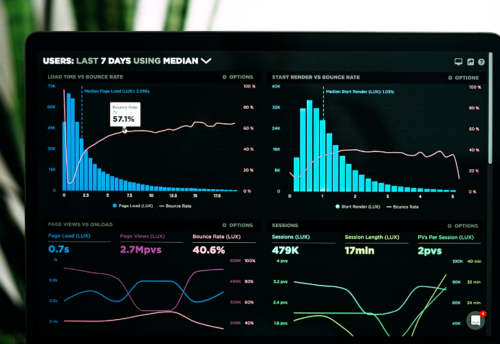
MozCon 2018: Ranking is a Promise – Can You Deliver?
The following post is part of WTWH Media Marketing Lab’s ongoing blog series from MozCon 2018.
Dr. Pete Myers, Moz Marketing Scientist, decided to end the Monday session of MozCon 2018 with a “tough love” note discussing search intent. “How many times do you think someone gets an answer, that they don’t want?” he asked.
To really break this down, Myers referred back to a typical sales funnel of: Awareness → Interest → Action. And then took it a step further with Informational → Investigational → Commercial.
This scenario inspired his five intents. And he used a lot of gelato examples to break them down, so if you’re hungry, I’m sorry.
- Information (Open)
- Information (Closed)
- Investigational
- Commercial
- Brand Intent
Information (Open)
These are the informational queries that are a bit more open, or that marketers can compete on. Myers used the example of: How is gelato different from ice cream? Simple questions like this are something to be wary about. Google pulls out answers (in example below) from top performing pages, which may impact engagement to others.
Information (Closed)
This is still considered part of the informational part of the funnel, but these queries are closed, or much more difficult to rank for. Myers used the examples of: What is gelato? Google is going in and adding snippets of information to answer the question off the bat, placed over the top performing pages. In this example, the exact definition was provided with no page credit to a source, like it was in Open.
Investigational
This is where the average consumer comes into play. You know what you are looking for, or you are getting a better idea, but you may not be quite ready to buy. Google recognizes this and is trying to push the consumer down the funnel with the search results. Myers used the example below where shopping advertisements are appear related to the search inquiry.
Commercial
This is paid intent, or often referred to as the transactional phase. This is where Google identifies that consumer is ready to take action. He used the example of “gelato spoons.” In this example, Google may read this as a “clear action mode” because it’s not quite like the freezer in terms of investment. The consumer is likely to purchase spoons faster than a freezer.
Brand Intent Searching for a gelato brand, will bring up everything about that specific brand. Myers used Talenti Gelato & Sorbetto as an example. The search results page includes a pull out box on the right hand side with details about the company, including social profiles and a link to their website. And then many tailored search results.
As search engine optimizers, our sweet spot tends to be Awareness. Here we’re able to tailor content to meet our customers needs. With this in mind, we often reject Action because we think of it being in the realm of pay-per-click. But, what if we could shift the funnel to the middle at Interest?
This is where tools like Moz’s Keyword Explorer, a MozPro feature, can be valuable. Under Keyword Suggestions, Keyword Explorer has a “are questions” option. Looking at questions can shift us up the funnel, but also give insight to new target audiences and intent.
Targeting a question can be tough because often the individual query is a low-volume search. But having targeted, useful content that answers a question can rank for hundreds of variants, which add up. Provide the answer for your audience right away. This lets them know that they’re in the right place and that you’ve kept them there to help solve their problem.
Dr. Pete Myers is a Marketing Scientist for Moz, where he works with marketing and data science on product research and data-driven content. Follow him on Twitter @dr_pete.







Leave a Comment
You must be logged in to post a comment.